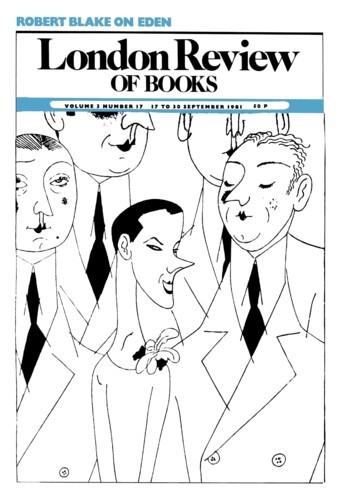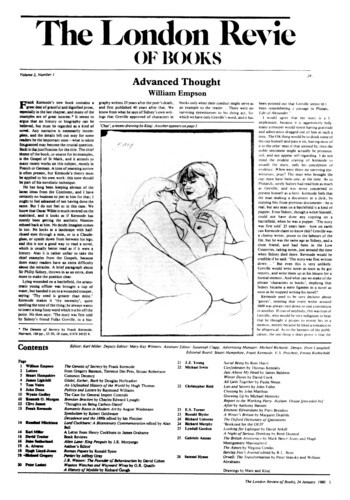Jericho
Ronald Blythe, 17 September 1981
James Woodforde’s diary retains its lumbering, unremitting interest. The obvious question is: what made him keep it? To tell us about his times, or to tell his page about himself? These are the reasons why most men keep diaries, but neither was the compulsion behind this one. This is perhaps why, with this latest edition of Parson Woodforde, we push along beside a writer who, one imagines, would not have cared to be designated social historian or confessional writer, but who nevertheless, deliberately or artlessly, reveals himself and his age with a starkness akin to the hard Norfolk light falling on a ditch. Here is life in its abundance, here is clear-cut order, here is every local specimen, the admired and the despised, here the useful and the worthless, and here the nasty, with everything swirling along on the slowest of currents. The Rector of Weston is a realist with no great literary skill to lead him into deeper waters, and so (in the study where he wrote all those sermons whose contents he never divulges?) he records the rural Georgian surface, bland reflections, delightful encounters, painful discoveries and scummy edges. And why? Perhaps to provide an affidavit of his existence.


